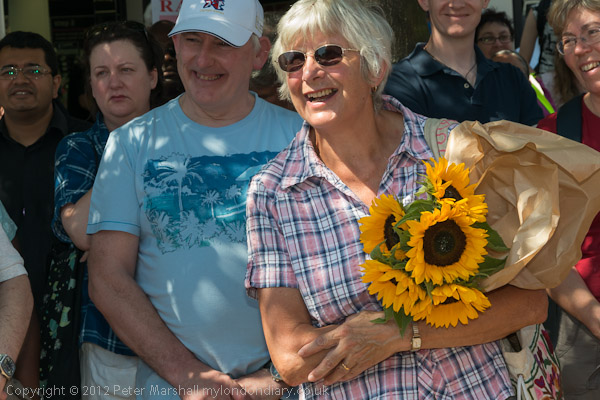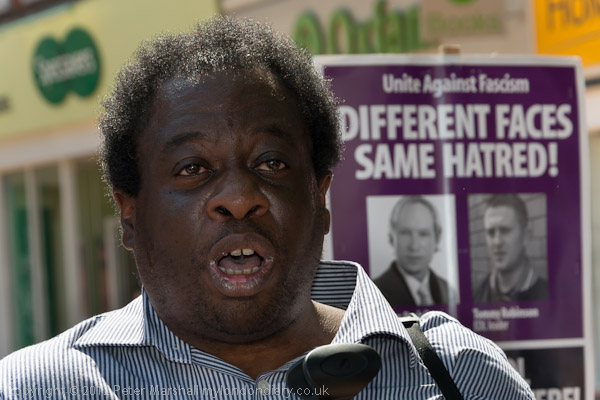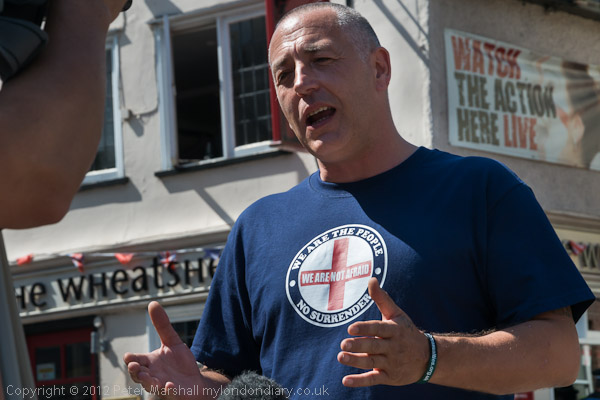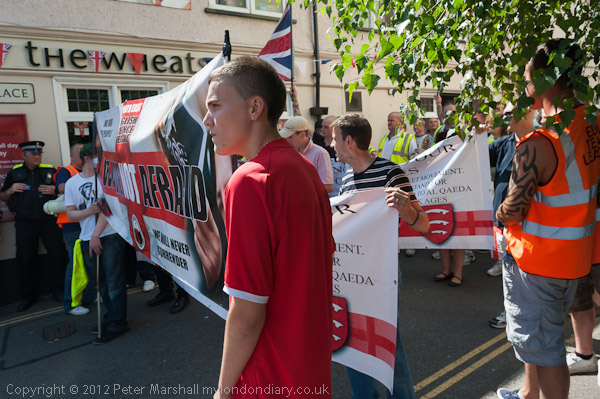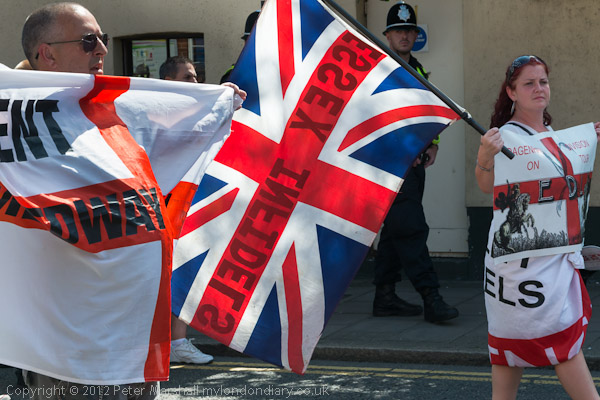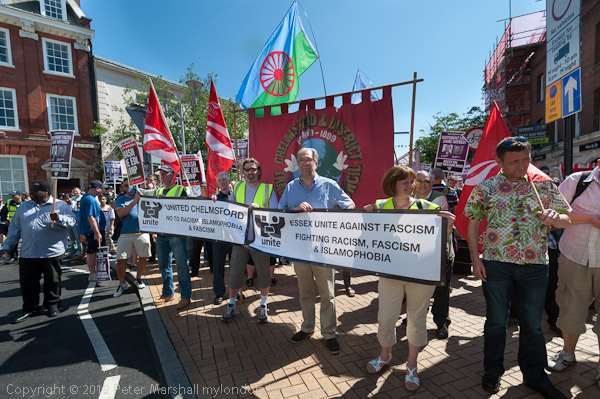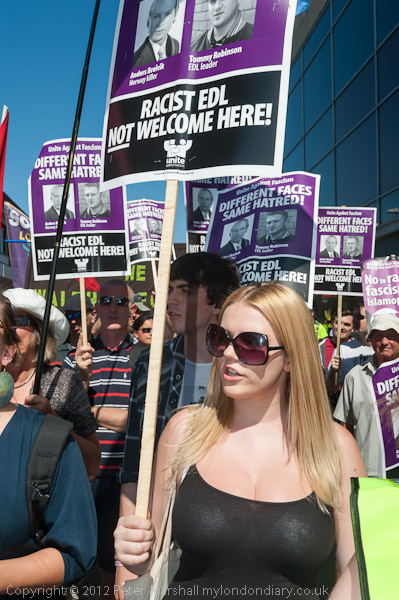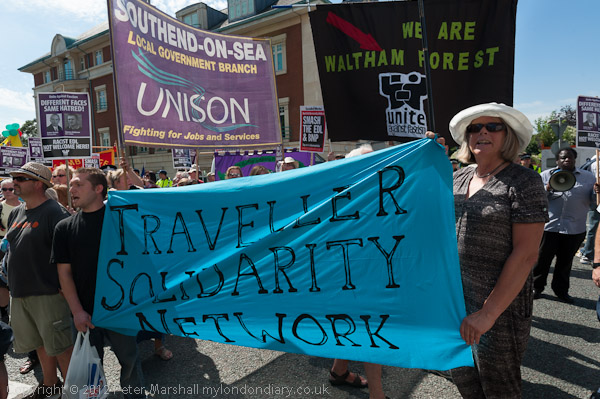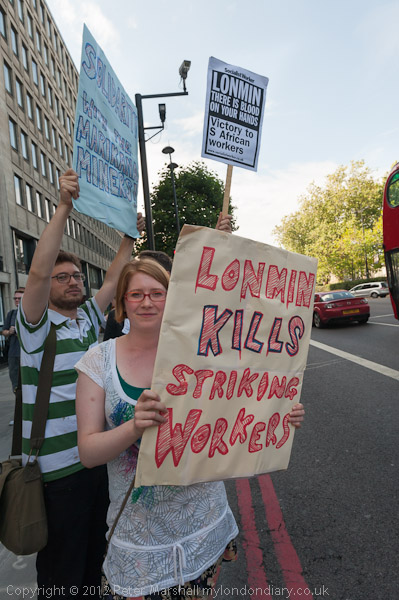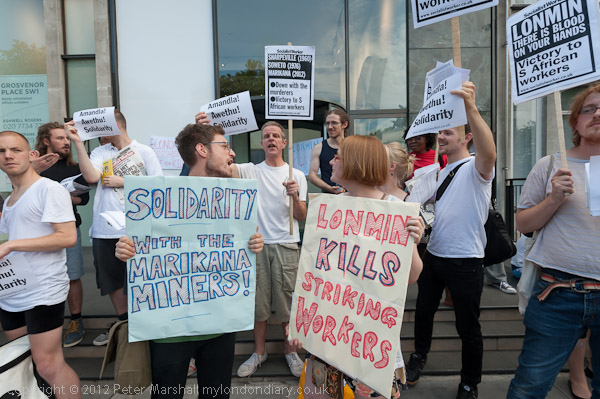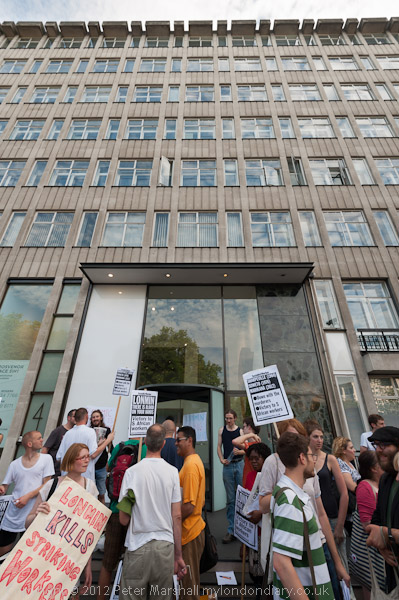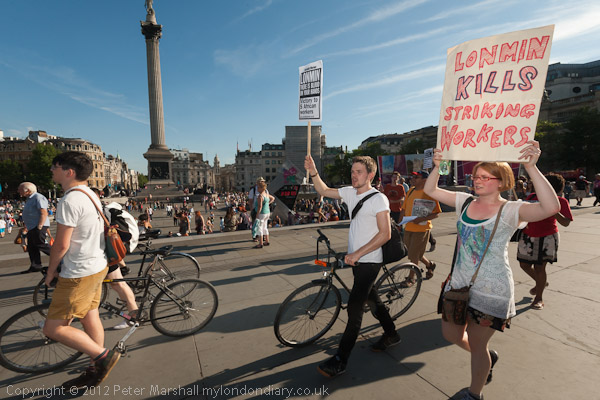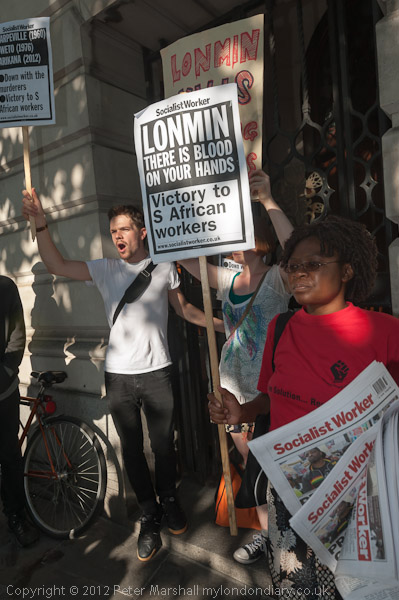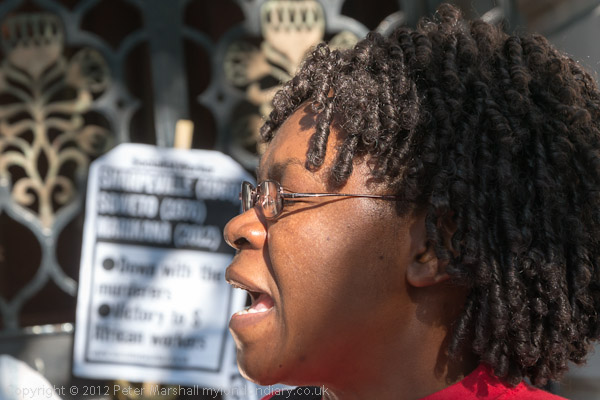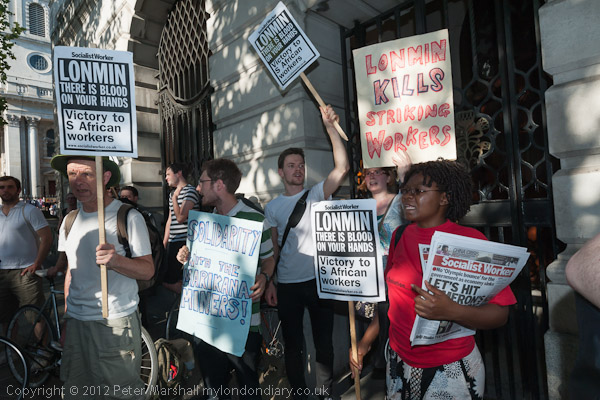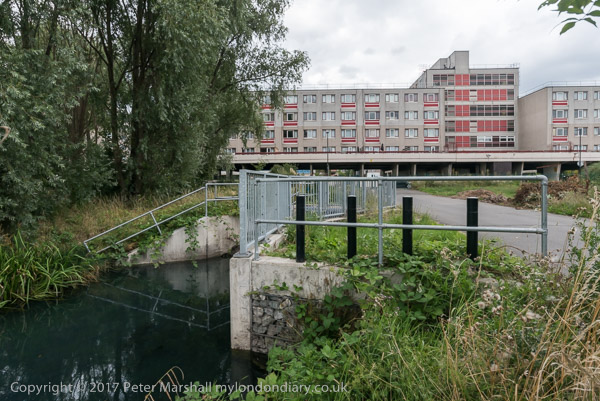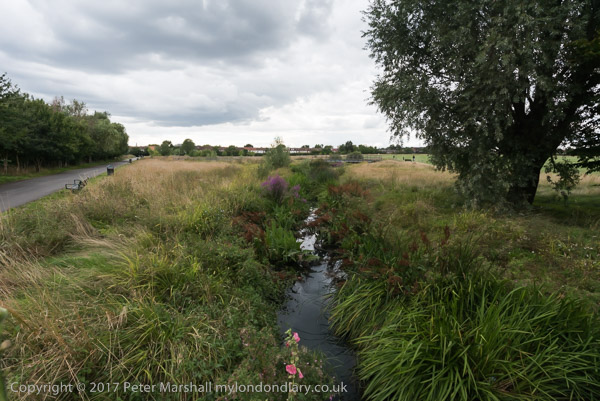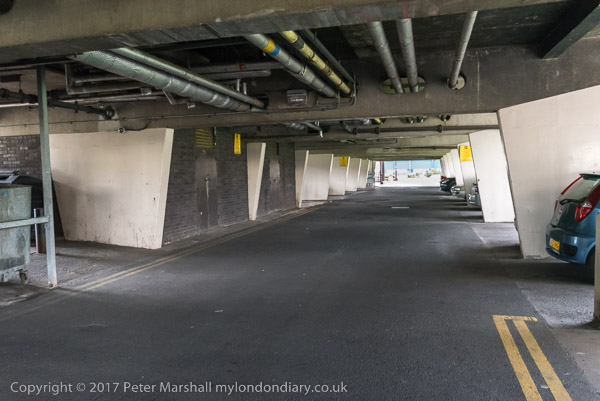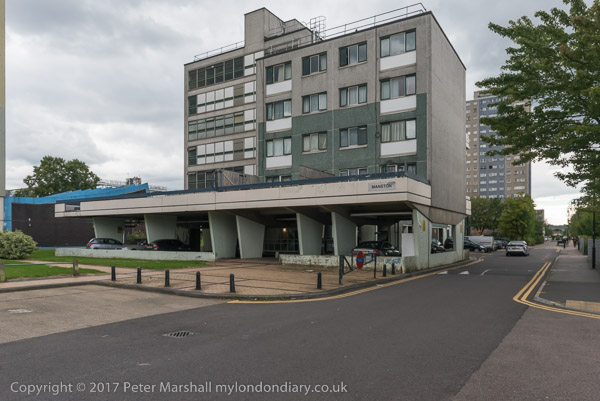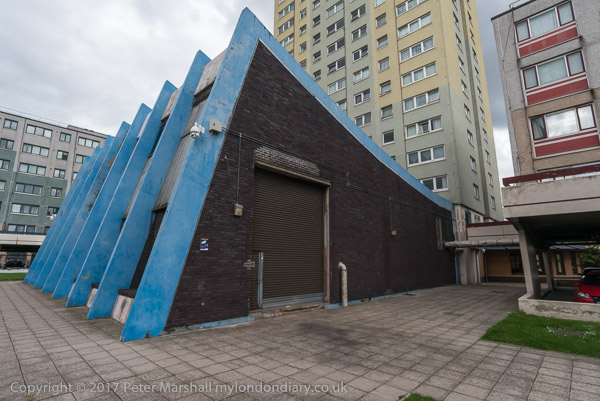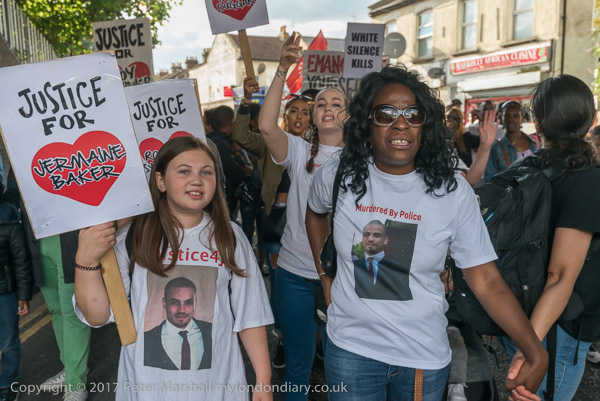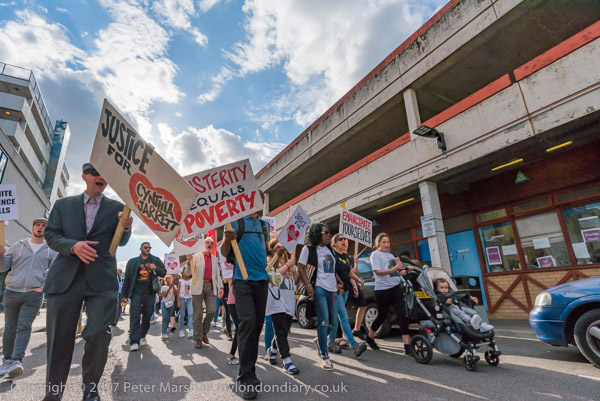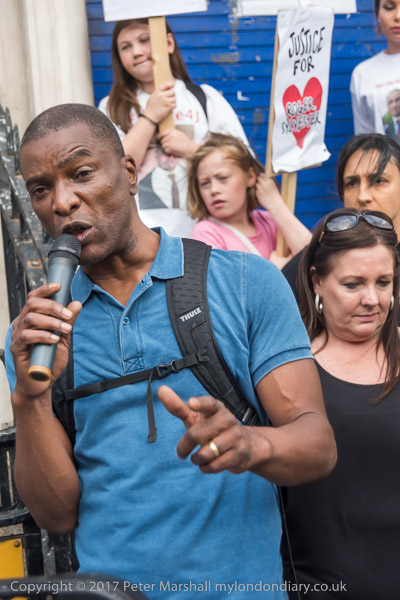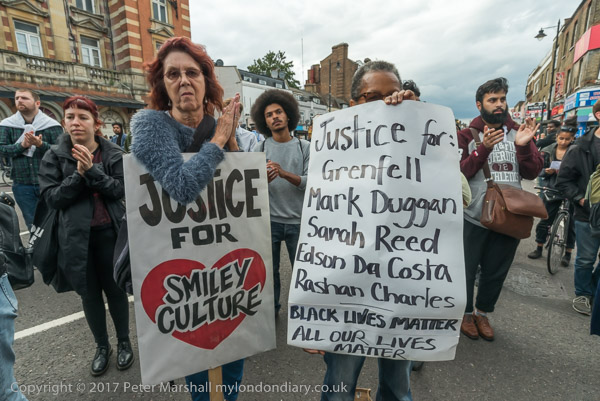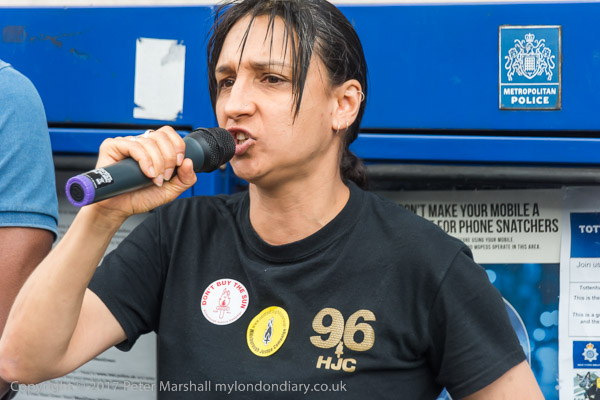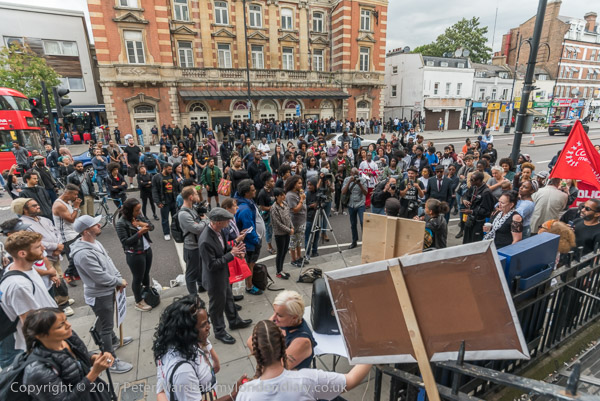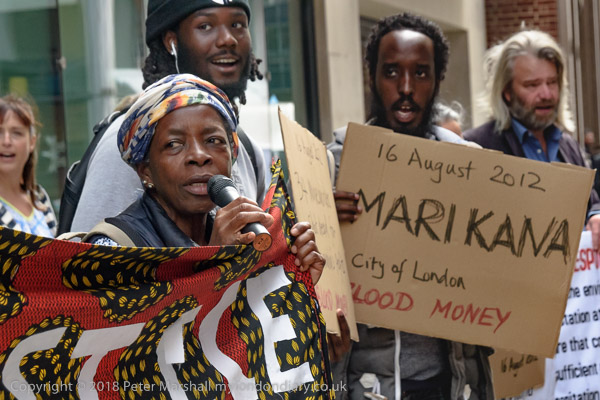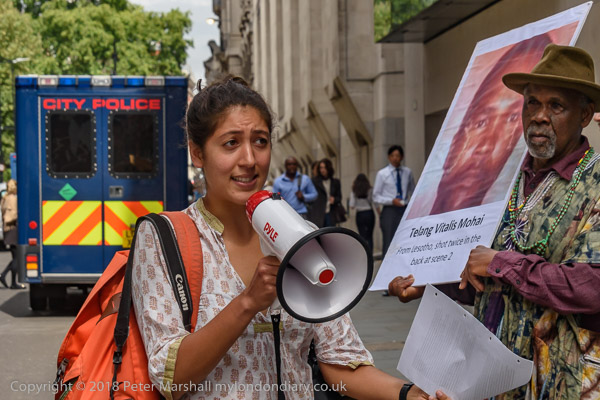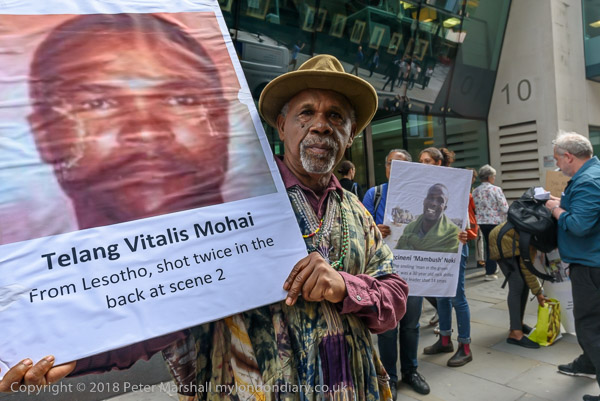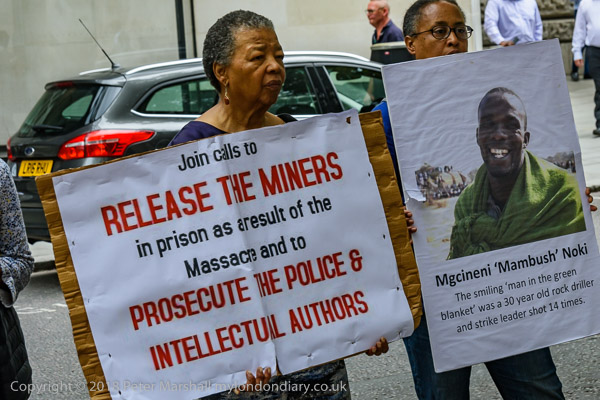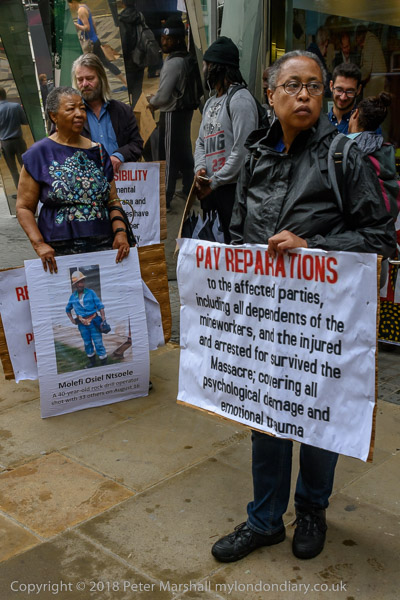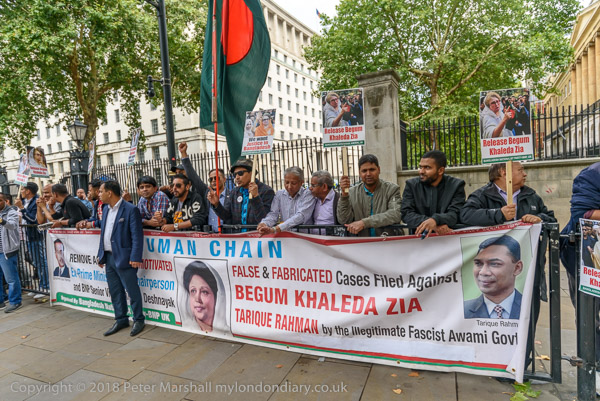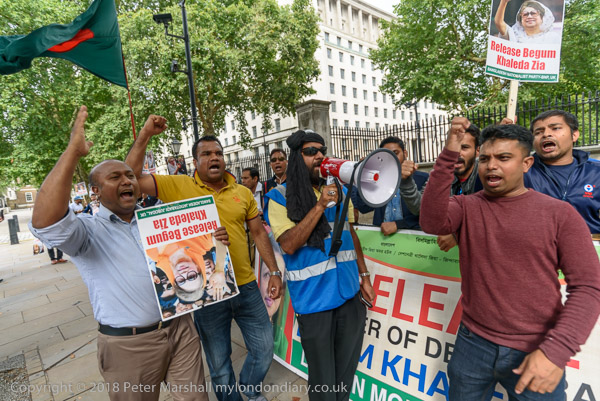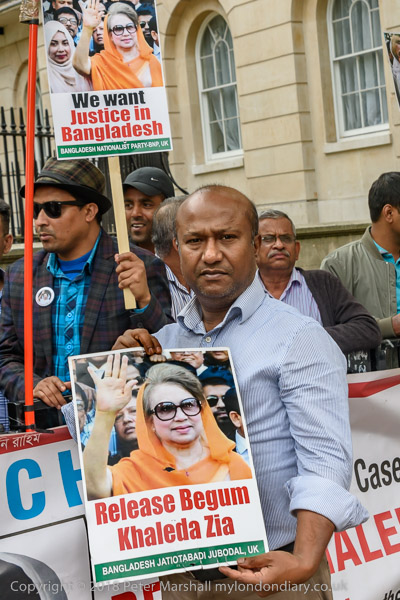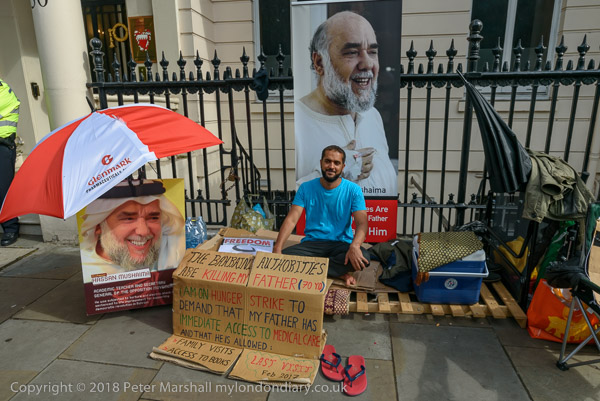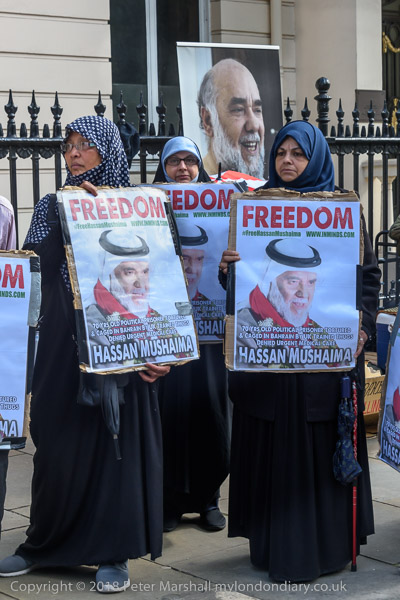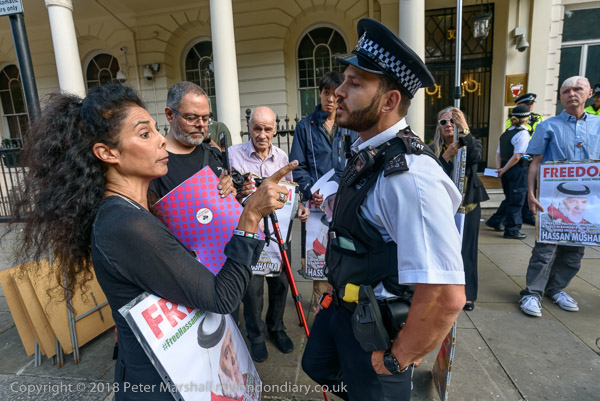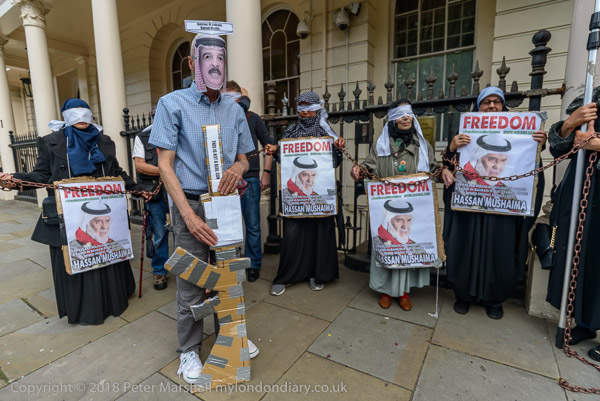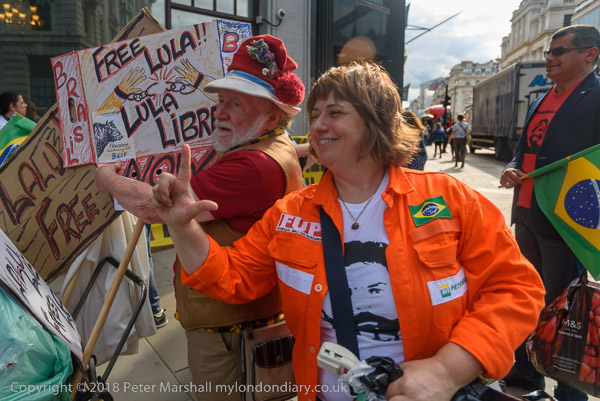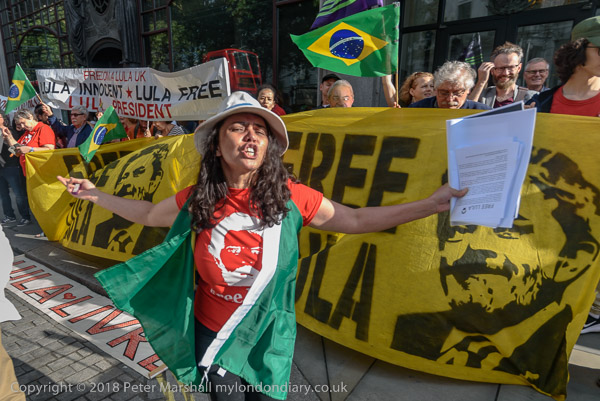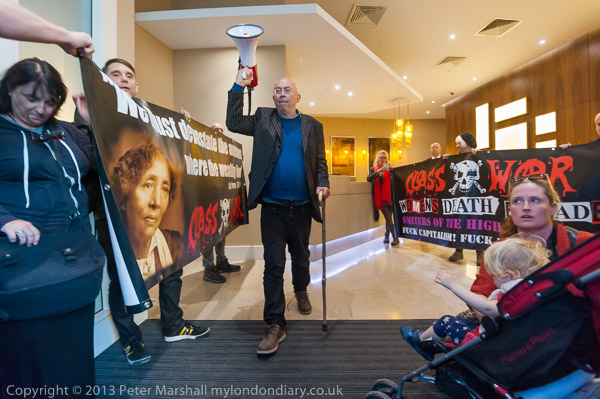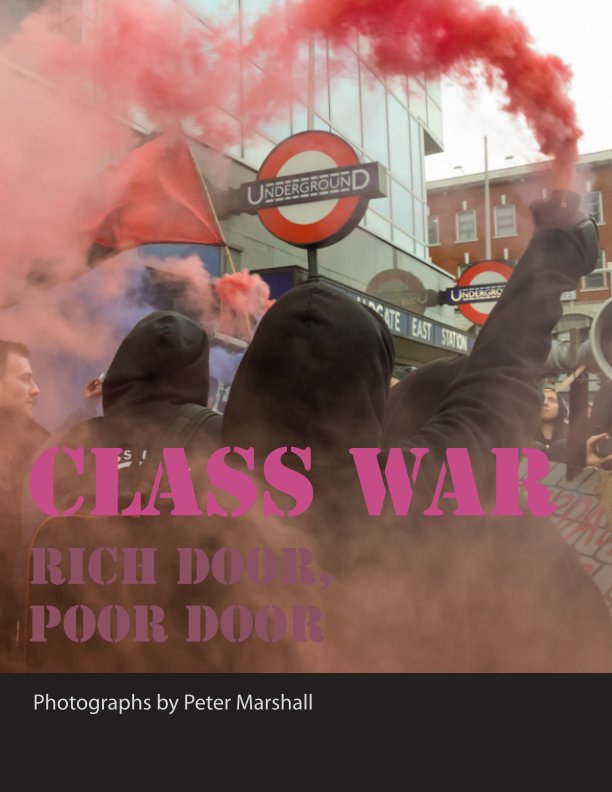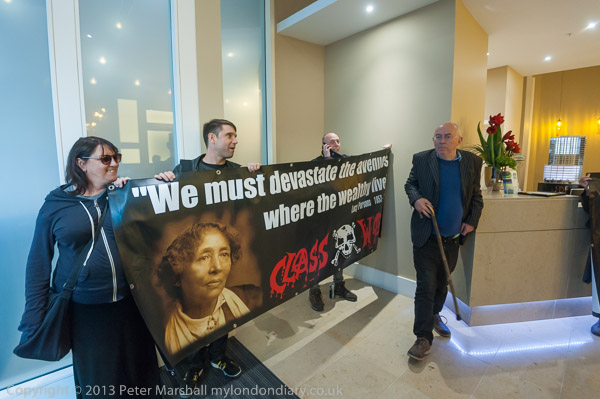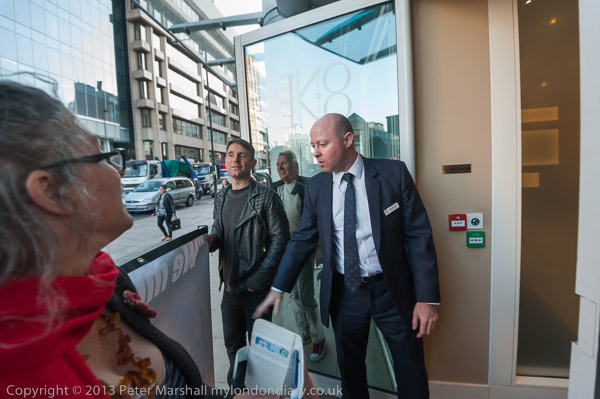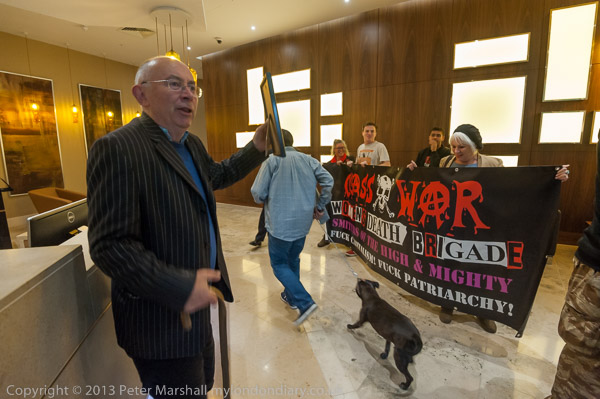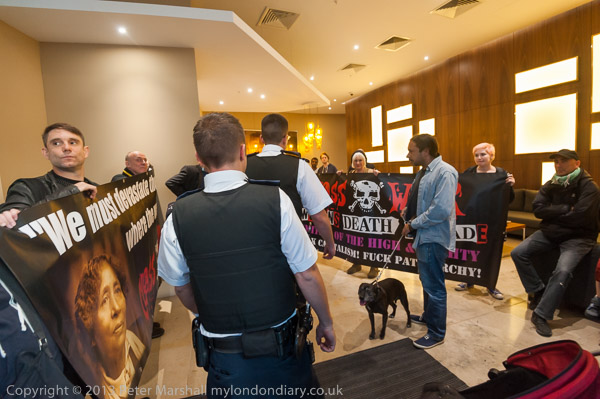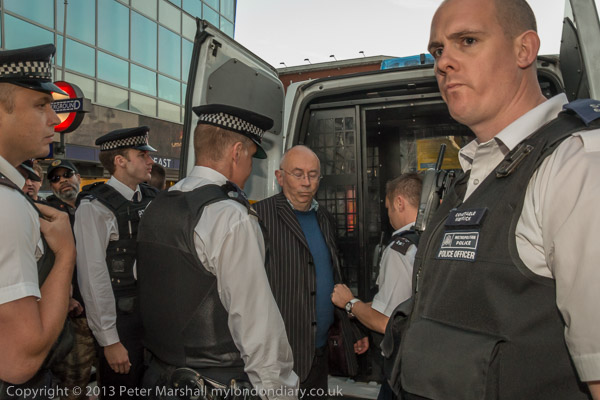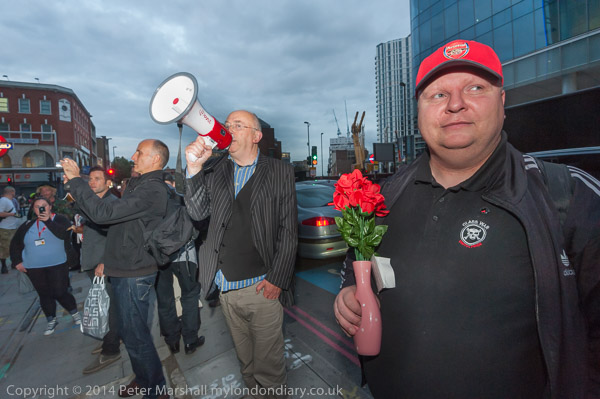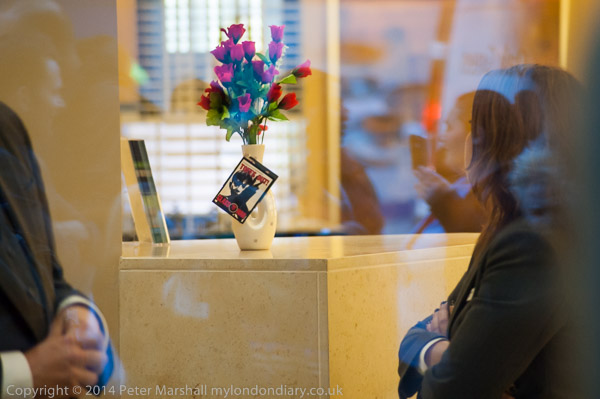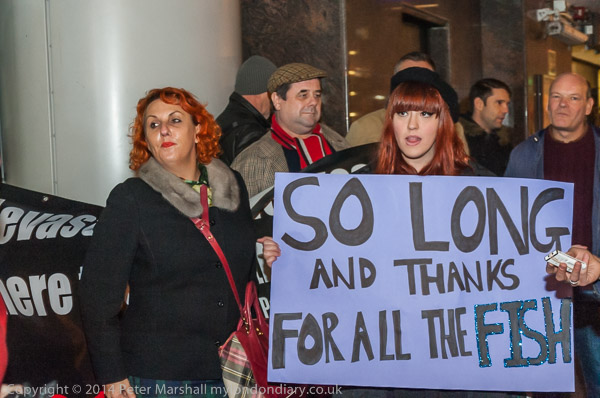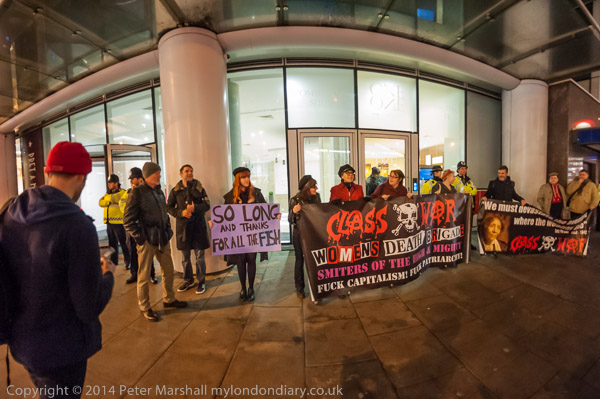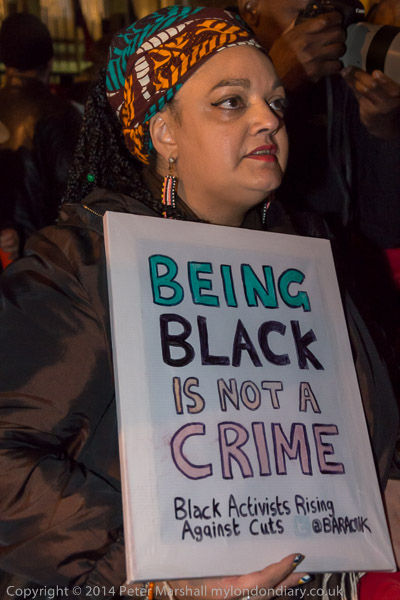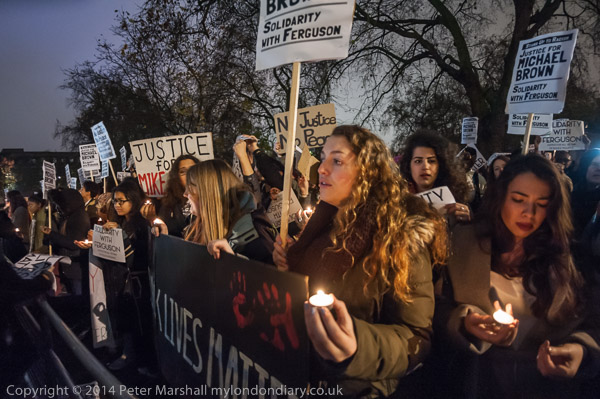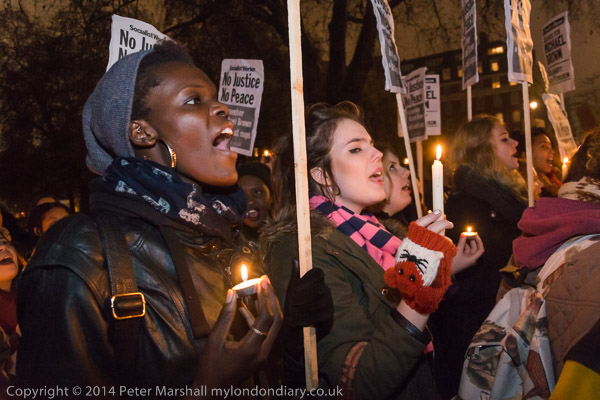Goodbye & Good Riddance – September 2003: Of course there were times in 2023 that I remember warmly, and the first week of September when I was with a group of friends in a holiday let in Barmouth was full of them, though getting there and back was harder going with a rail strike and several long rail replacement bus journeys. But even those long bus journeys had their compensations, with some splendid views and clean windows through which I photographed some of them.
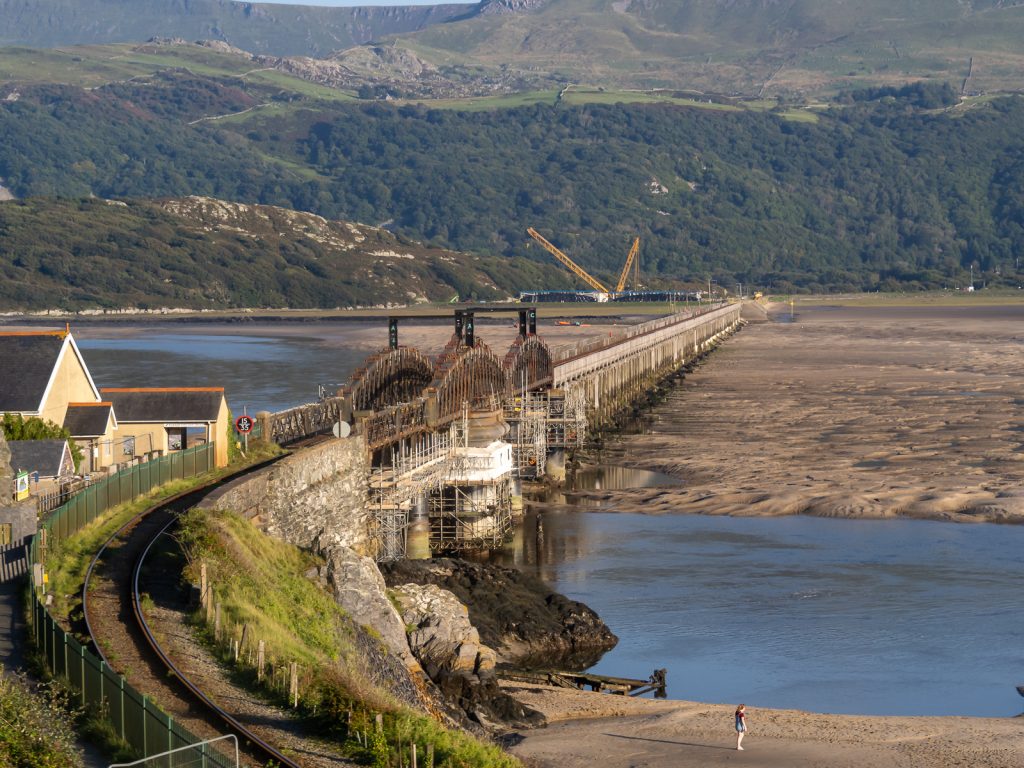
The rail and footbridge across the estuary at Barmouth closed for major engineering work the day before we arrived so we came and left on a rail replacement buses. The footpath across was also closed, which was a dissapointment as it would have allowed more great walks.
The holiday had been a very welcome break, and we were very fortunate with the weather, but too soon we had to return home – starting with two bus journeys to Machynlleth and then on to Shrewsbury and I returned to photographing protests the following day.
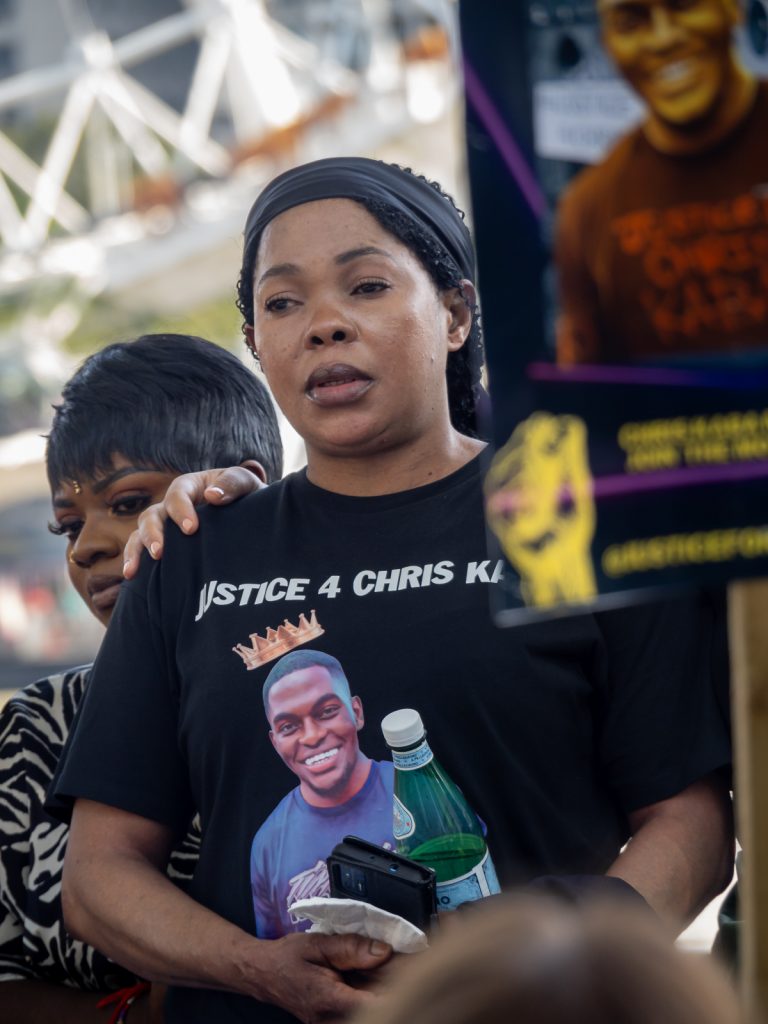
Chris Kaba, a 24-year-old unarmed black man, was driving a friend’s car in Camberwell when police stopped the car and fired a single shot through the windscreen killing him. The CPS received a report on the case in March but have yet to decide if the officer should be charged. Hundreds came a year after his killing to support the family and demand justice at a march from New Scotland Yard and rally in Parliament Square.
Peter Marshall
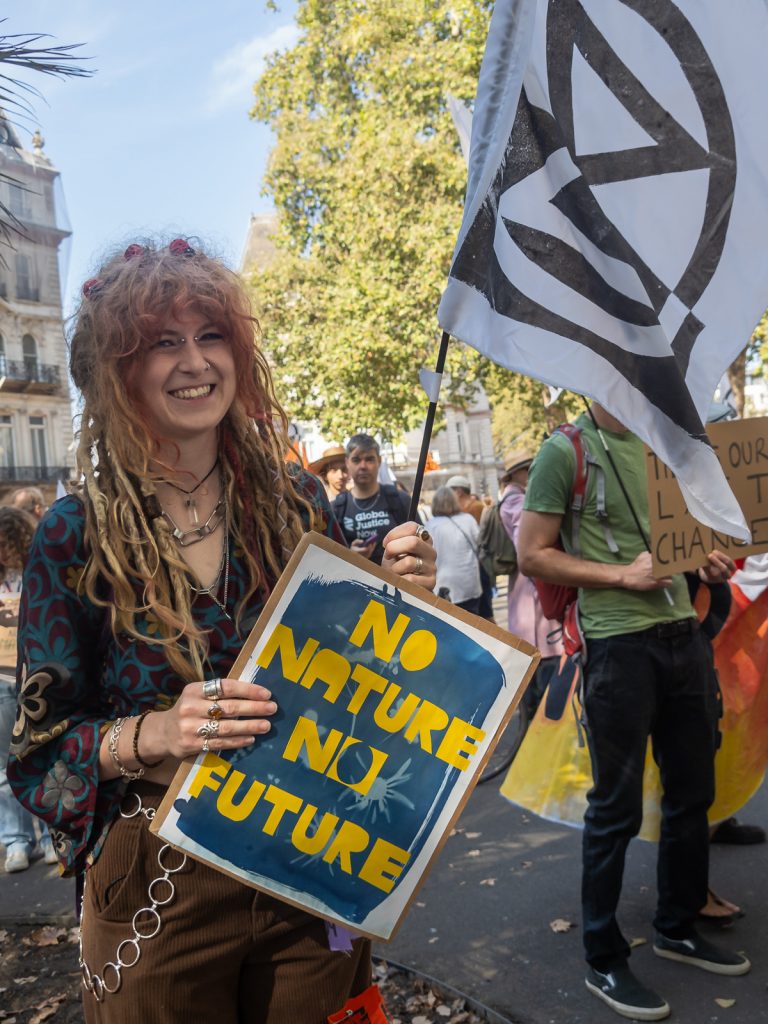
People march in London as a part of actions by millions around the world to demand the world leaders gathering in New York for the United Nations Secretary General’s Climate Ambition Summit take the urgent action needed for a rapid, just and equitable end to the use of all fossil fuels.
Peter Marshall
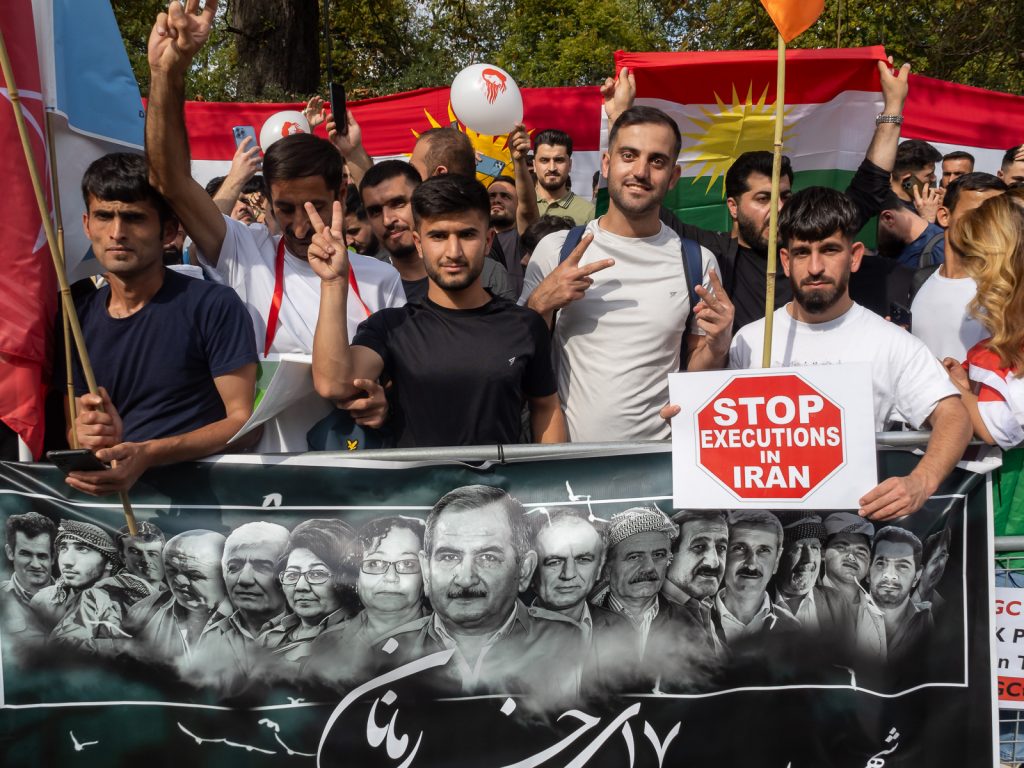
Protests took place in London and around the world in support of the Woman Life Freedom revolution in Iran on the first anniversary of the killing of Iranian Kurdish woman Mahsa Amini by the IGRC. People in Iran are suffering immense oppression and injustice. There were protests at the Iranian Embassy and a march to Trafalgar Square where a rally and other protests were taking place.
Peter Marshall
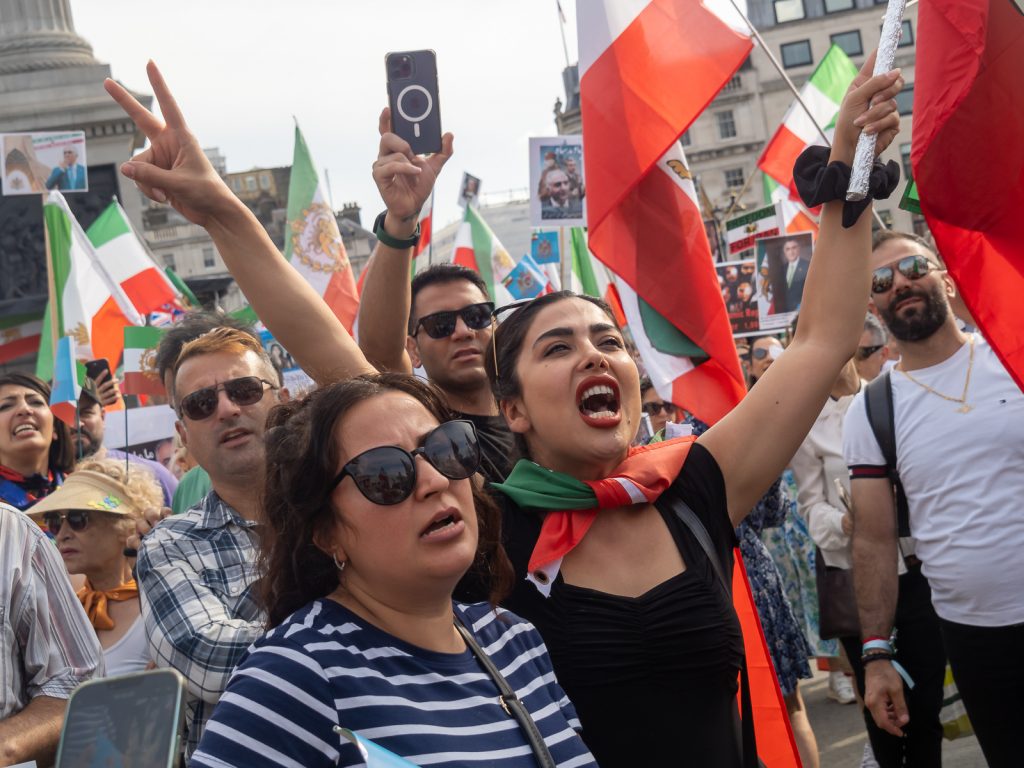
Protests took place in London and around the world in support of the Woman Life Freedom revolution in Iran on the first anniversary of the killing of Iranian Kurdish woman Mahsa Amini by the IGRC. People in Iran are suffering immense oppression and injustice. There were protests at the Iranian Embassy and a march to Trafalgar Square where a rally and other protests were taking place. Pictures are in the same album as those from the Iranian Embassy above.
Peter Marshall
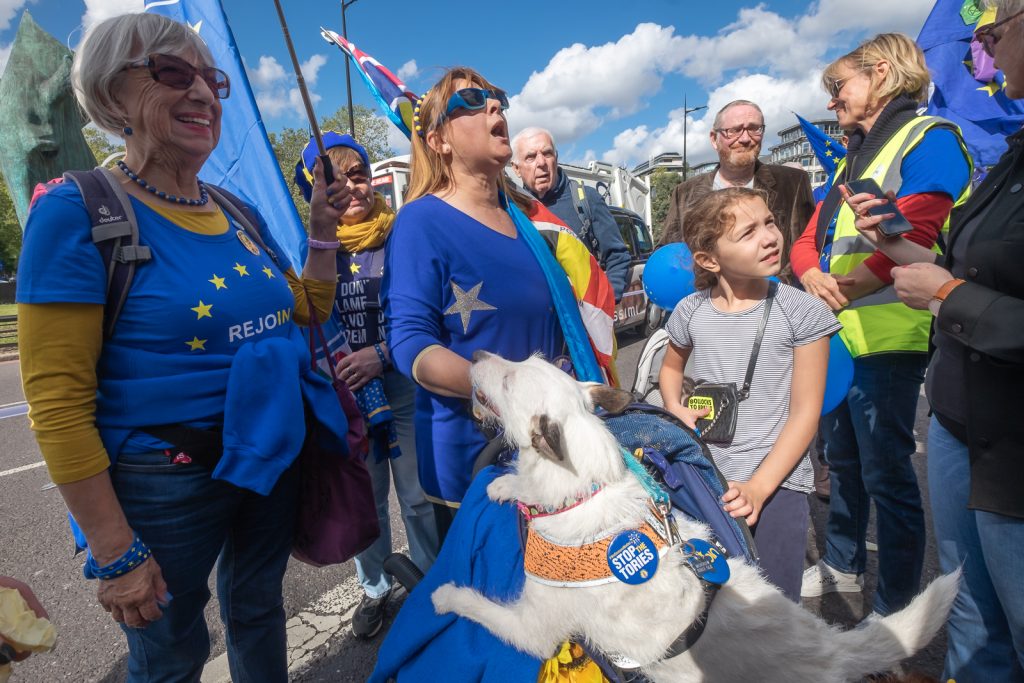
Thousands march in National Rejoin March from Hyde Park calling for an end to Brexit and to restore freedom of movement and reverse the attacks on living standards, public services and workers rights Brexit has caused. The march was followed by a rally in Parliament Square.
Peter Marshall
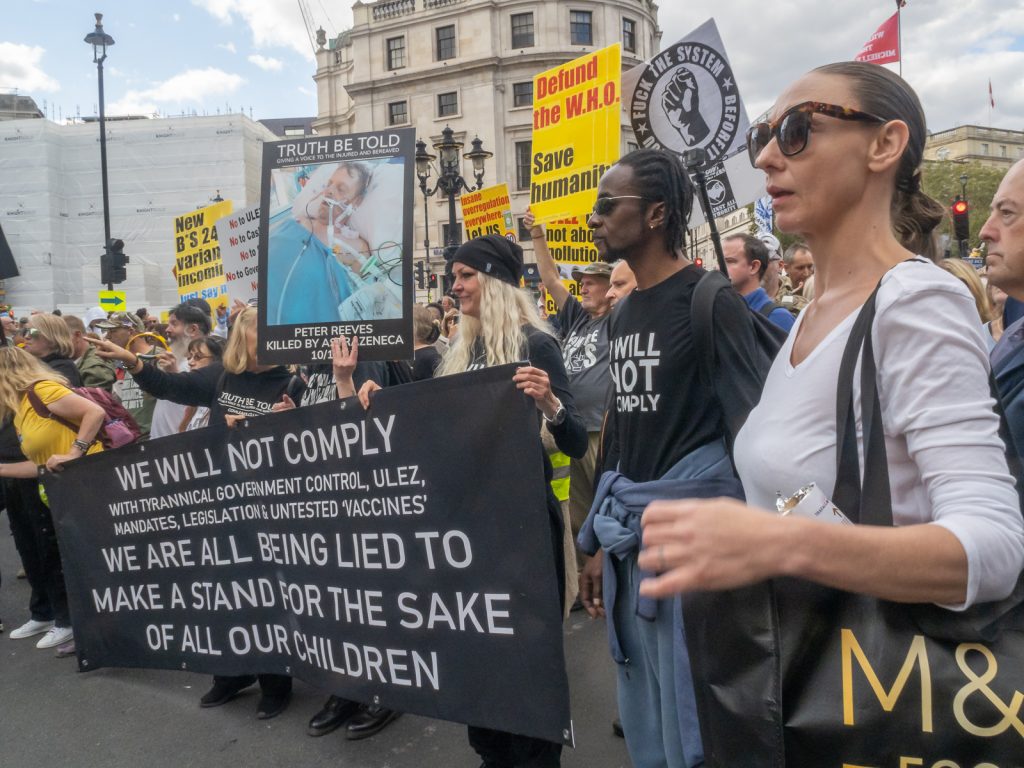
More than a thousand people marched from Hyde Park in the World Wide Rally For Freedom of speech, movement, assembly, health and choice.The march included many anti-vaxxers, climate change deniers and others but was dominated by those condemning London Mayor Sadiq Khan’s ULEZ expansion to include all of London. They called for mass non-compliance with this and other tyrannical government control.
Peter Marshall
The Rally For Freedom was in opposition to the various government bills and acts which have seriously restricted our freedom – such as those aimed at preventing protests and severely restricting the right to strike. But we urgently need to take action against climate change “FOR THE SAKE OF ALL OUR CHILDREN” and the vaccinations have certainly saved many, many more lives than few deaths they have caused. Any responsible mayor of London would be taking similar action to improve London’s air quality, and while there may be details in Khan’s approach which could have been better, he has proved a considerably better mayor for London than his predecessor, and deserves to beat the Tory candidate in the 2024 election.
More on the 2023 protests I photographed in later posts.
Flickr – Facebook – My London Diary – Hull Photos – Lea Valley – Paris
London’s Industrial Heritage – London Photos
All photographs on this page are copyright © Peter Marshall.
Contact me to buy prints or licence to reproduce.
